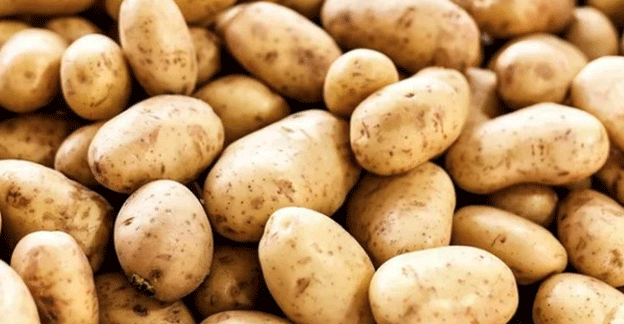As global eating habits shift, the demand for potatoes is projected to increase dramatically. A recent study indicates that the world will require an additional 40 million tons of potatoes by 2030 to satisfy consumer needs. This surge presents both challenges and opportunities for farmers, agronomists, and the agricultural industry at large.
Changing Consumption Patterns and Opportunities
According to Les Echos, the rise in potato consumption, particularly in Asia, is a boon for France, the world’s leading potato exporter, which boasts around 8,500 suppliers. The trend is so significant that potatoes are beginning to replace rice in some regions due to the influence of fast-food chains and changing dietary preferences.
In 2023, France produced 6.8 million tons of potatoes, making it the second-largest producer in Europe, just behind Germany. French potato exports reached a record high this year, constituting half of the total global potato exports. Despite adverse weather conditions, such as heavy rainfall in spring that delayed planting, cultivation continued robustly in the Hauts-de-France region, which accounts for 62% of French potato production.
Economist François-Xavier Broutin from the National Professional Committee for Potatoes (CNIPT) remains optimistic, asserting that despite the threat posed by diseases like late blight, production will meet both quantity and quality standards. Potatoes are less water and temperature dependent compared to other crops, contributing to a favorable yield forecast.
Expanding Cultivation and Investment
The potato sector is experiencing a resurgence, with a 7% increase in planted area, an exception to the trend of declining agricultural land use. Didier Lombart, head of the Potato Committee at Arvalis, the agricultural technical institute, reported an additional 15,000 hectares are under cultivation this season, aimed at increasing exports and meeting producer demands.
However, other European nations face challenges. Spain’s potato crop has suffered due to water shortages, while Italy contends with the destruction of crops from pest infestations. Interestingly, producers of frozen potato products—such as fries, chips, and mash—who constitute over 50% of the market, struggle to secure suppliers.
Competition and Global Investments
The growing competition has led Belgian and Dutch companies to establish processing facilities in France due to land constraints in their home countries. Notably, McCain, a global giant in the potato industry, plans to invest $350 million in three new locations in France. This investment strategy aligns with the ease of access to ports, such as Dunkirk, for export purposes, and the benefit of utilizing the French label on their frozen potato products, which assures quality.
French companies are also ramping up production, with Altho, a prominent chip manufacturer known for its Bret brand, expanding its capacity in Brittany. The FNB group, known for Mousline puree, is modernizing its facilities to enhance productivity.
The anticipated demand for an additional 40 million tons of potatoes by 2030 presents a significant challenge for the agricultural sector. Meeting this demand will require strategic investments, innovative cultivation practices, and collaboration among stakeholders. By embracing these challenges, farmers and producers can capitalize on the growing global appetite for potatoes while ensuring sustainability and quality in production.

